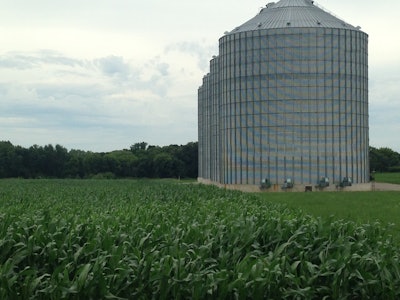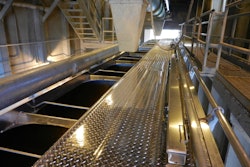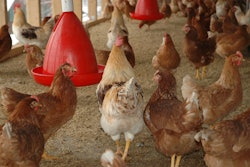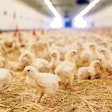
The largest of commercial grain bins can be brought down by ignoring the smallest of details, according to Rod Carpenter, senior partner at Clear Creek and Associates. Whether caused by incorrect component installation, improper construction, faulty engineering, rust or even Mother Nature, many commercial corrugated grain bin failures are preventable.
Carpenter, whose firm specializes in bulk solid and facility consulting with locations in Goshen, IN, and Leawood, KS, told attendees at a GEAPS Exchange education session that among the 30 to 40 bin failures annually, many could have been prevented by simply “taking care of the details.” That starts with specific engineering design for construction on the actual site.
“All grain bin structures need to be designed,” he said. “‘Because it worked for Joe,’ is not a design. ‘It’s the way I always did it,’ is not a design.” The minimum design, Carpenter said, must meet building code.
A fundamental understanding and experience in engineering is required for the design of large grain structures. Today, that work incorporates new analysis and design software, coupled with practical experience, Carpenter said. However, improper engineering design is just one of many functions that could present peril down the road.
Failure risk can also be presented by improper structural loading limits (including those for the floor and soil), wrong applications for the bin type, such as using an unstiffened bin for commercial facilities, and substandard bin components. He said bin manufacturers should offer solid design, have high-quality standards to avoid problems in the field and be responsive. He urged that the smallest of bin parts, such as fasteners, be sourced from companies in North America that conduct quality checks.
“Work with somebody on fasteners who is going to be here for the long term,” Carpenter said, emphasizing the need to use only fasteners of grade 5 or 8.2 for commercial projects. He also pointed out the need to pay attention to technical aspects such as caulking that retains flexibility, stiffener tolerance, properly installed anchors and door frames.
“Always look around your doors for signs of failure, especially around older structures,” he cautioned. “It’s all about details and those details have to be translated in the field. If you have the wrong person building your bin, you are going to have disasters.”
Sometimes the hazard that leads to a bin failure is not the bin itself, but what is stored in the bin. Carpenter encouraged facility managers to pay attention to density changes in grain that occur due to fluctuations in moisture content, and always to be on guard against the storage of non-free-flowing material.
“Don’t take grain quality chances,” he said.
And when the bin or what’s inside it are all up to standards, natural forces are always lurking on the outside, such as wind, snow, ice and even earthquakes.
Carpenter said wind is the biggest natural culprit for corrugated bin failures, and while many are designed to withstand winds in the 90- to 105-mph range, Mother Nature is capable of throwing an occasional curveball. When winds over 110 mph are possible, it might be necessary to install a better roof attachment, more wind rings (always installed on the bin’s exterior) and thicker upper body sheets.
Human error can also come into play if grain is incorrectly loaded or unloaded. Carpenter said grain should always be unloaded from the center of the bin first and intermediate gates second. Loading also should always be done into the center of the structure. He also cautioned about storing grain with high moisture levels or frozen grain, and he urged the managers to always use proven methods for aeration management of grain inside bins. He urged caution for any bin modification, stating such efforts should never be undertaken without approval from the manufacturer.
Even with all those cautions, attention to details and appropriate safeguards, however, bin failures happen. When they do, the safety of humans is the first and only concern. Never take a chance when there is evidence a failure is imminent.
“Stay away from them so you don’t get covered with the grain mass,” Carpenter said.

















